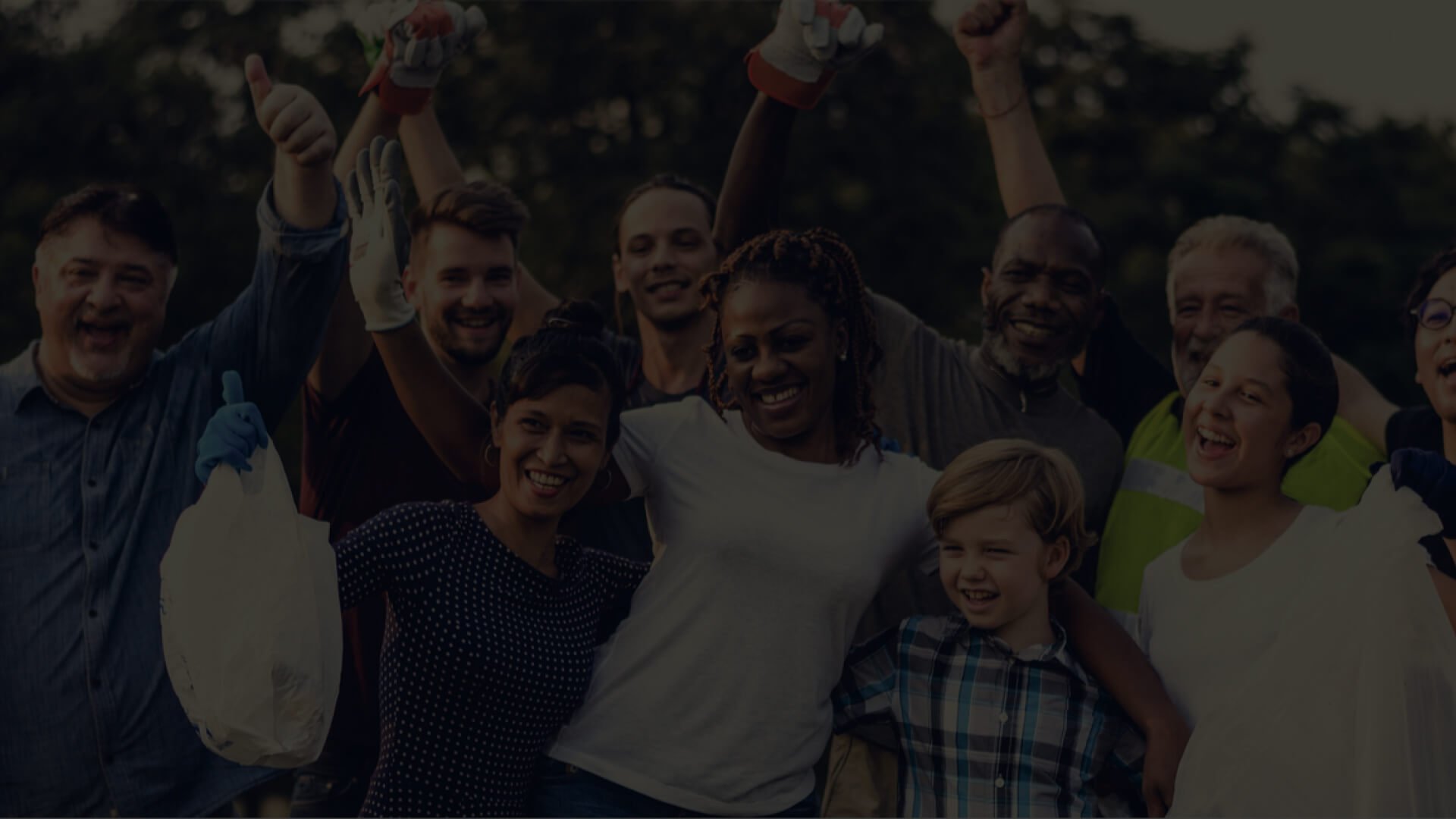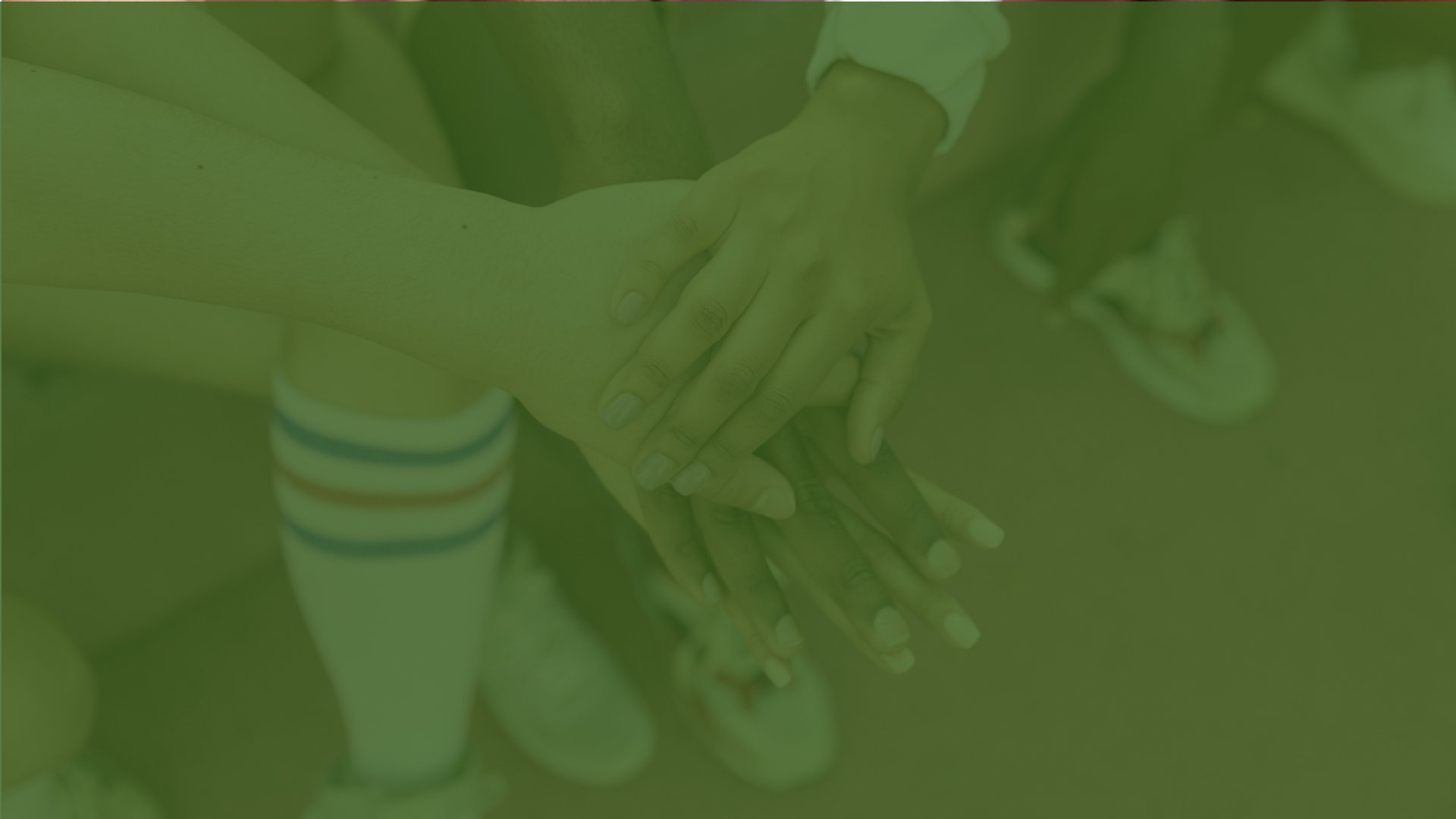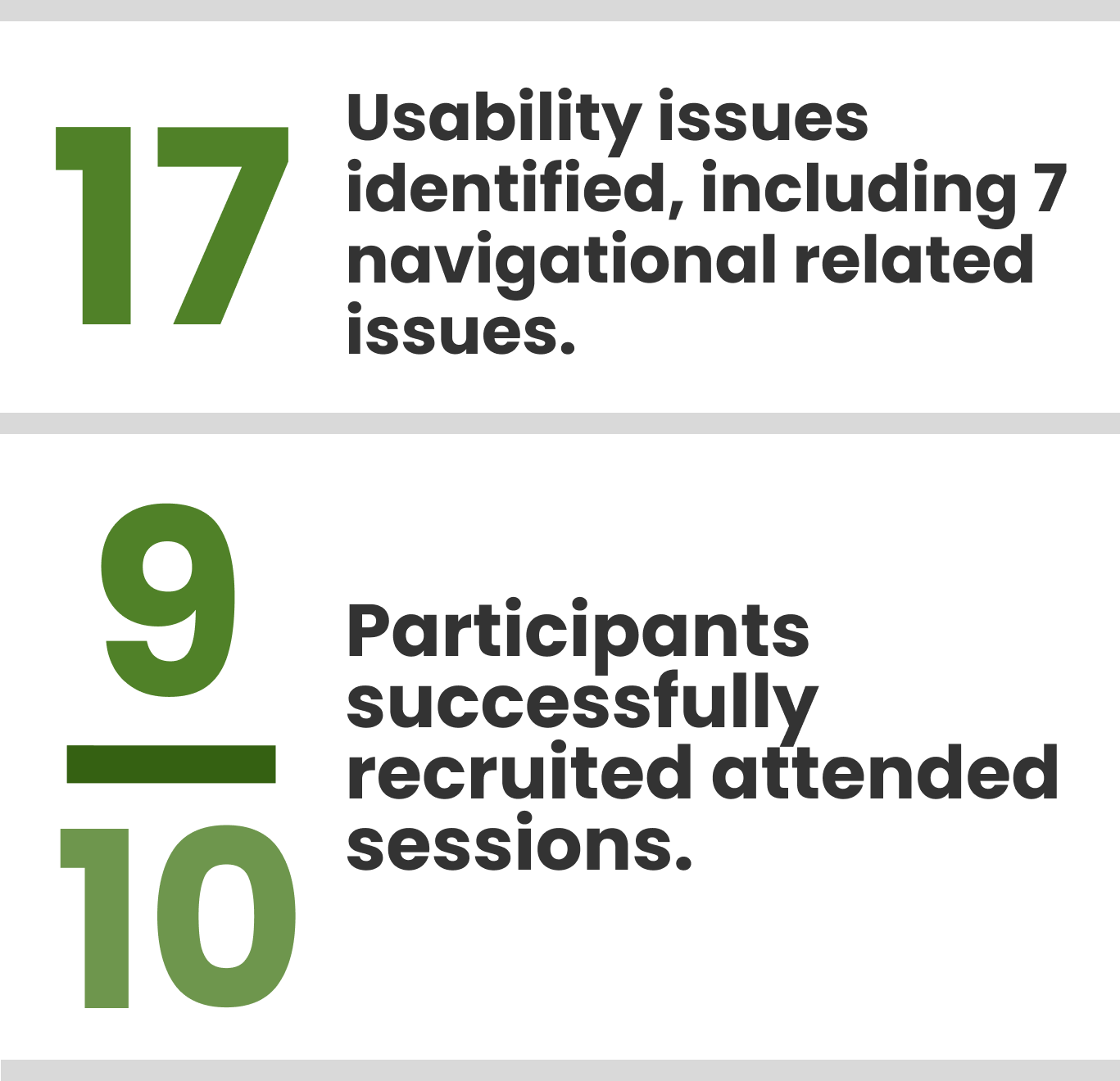
Case study:
Testing a new navigation structure for Barnardos
The challenge
Barnardo’s wanted to update their navigation so that it reflected the needs and common tasks of their main customer groups: Supporters (or donors) and Support seekers.
Hypothesis
The Barnardo's team had already done a lot of work towards the design of the site’s information architecture, which was partly informed by their analytics data and content strategy. Although research methods such as tree-testing and card-sorting would usually be considered in such a study, we felt that a focussed usability study with a slightly larger sample of participants would be more effective for their budget.
What we did
We met the team to discuss their motivations and objectives for the research and understand any knowledge gaps and assumptions.
Worked with the team to define the criteria for test participants to include and designed relevant screening questions using their personas as a guide.
Designed specific scenarios for each user type and designed tasks that would allow us to evaluate the findability of information and the effectiveness of the navigation labelling for specific tasks as well as common tasks for both user groups.
Designed and launched 2 recruitment campaigns on Facebook (each targeting one of the customer groups of donors/supporters and support seekers) and scheduled interviews with 10 participants, consisting of 5 supporters and 5 support seekers.
Engaged with connections in our network who work in the social care space in order to recruit harder to reach people (e.g. young people who use care services)
Moderated the testing over Zoom, with the team observing live and feeding in through Slack.
Results
All sessions moderated successfully and live-streamed to the team.
9 out of 10 participants successfully recruited attended sessions (1 candidate was unable to attend last minute due to personal reasons)
17 usability issues identified, including 7 navigational related issues (in-line with the testing objectives) and those affecting common tasks for both user groups.
Findings delivered remotely to the team including video clips, annotations and actionable recommendations for how to fix.

“UserLab’s report highlighted what we needed to focus on first.
We would definitely recommend them to anyone looking for help with their website redesign.”
— Barnardo’s




